Previous Posts
If you’ve used much analysis of variance (ANOVA), you’ve probably heard that ANOVA is a special case of linear regression. Unless you’ve seen why, though, that may not make a lot of sense. After all, ANOVA compares means between categories, while regression predicts outcomes with numeric variables.
A very common question is whether it is legitimate to use Likert scale data in parametric statistical procedures that require interval data, such as Linear Regression, ANOVA, and Factor Analysis. A typical Likert scale item has 5 to 11 points that indicate the degree of something. For example, it could measure agreement with a statement, […]
I’m a big fan of Analysis of Variance (ANOVA). I use it all the time. I learn a lot from it. But sometimes it doesn’t test the hypothesis I need. In this article, we’ll explore a test that is used when you care about a specific comparison among means: Dunnett’s test.
Data analysts can get away without ever understanding matrix algebra, certainly. But there are times when having even a basic understanding of how matrix algebra works and what it has to do with data can really make your analyses make a little more sense.
At some point, if you want to do serious data analysis, you have to start using syntax. Or you'll waste time, make errors, and not even know it. The good news is that SPSS makes it extremely easy to get started learning and getting the benefits of using syntax without having to spend endless days in front of a manual. And this series will guide you on your journey to becoming a master syntax writer.
Have you ever had this happen? You run a regression model. It can be any kind—linear, logistic, multilevel, etc. In the ANOVA table, the effect of interest has a very low p-value. In the regression table, it doesn’t. Or vice-versa. How can the same effect have two different p-values? In this article, let’s explore when […]
Centering variables is common practice in some areas, and rarely seen in others. That being the case, it isn’t always clear what are the reasons for centering variables. Is it only a matter of preference, or does centering variables help with analysis and interpretation?
One of the important issues with missing data is the missing data mechanism. It's important because it affects how much the missing data bias your results, so you have to take it into account when choosing an approach to deal with the missing data. The concepts of these mechanisms can be a bit abstract. And to top it off, two of these mechanisms have confusing names: Missing Completely at Random and Missing at Random.
The most basic experimental design is the completely randomized design. It is simple and straightforward when plenty of unrelated subjects are available for an experiment. It’s so simple, it almost seems obvious. But there are important principles in this simple design that are important for tackling more complex experimental designs. Let’s take a look. How […]
Data analysts can get away without ever understanding matrix algebra, certainly. But there are times when having even a basic understanding of how matrix algebra works and what it has to do with data can really make your analyses make a little more sense.

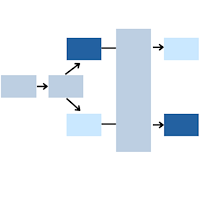
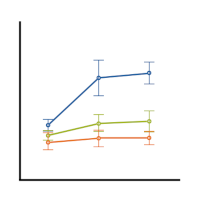
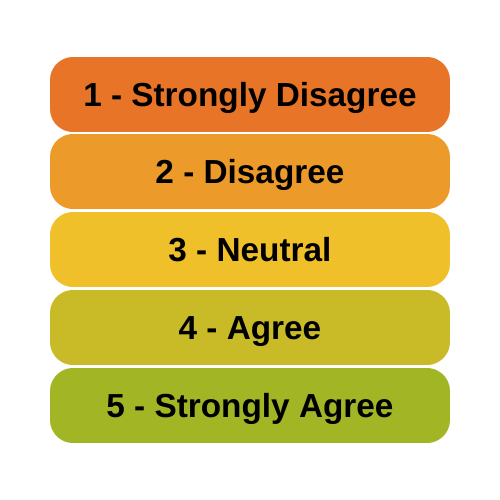
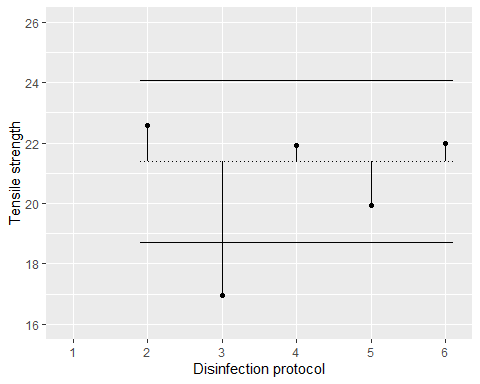
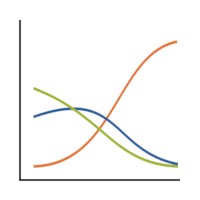

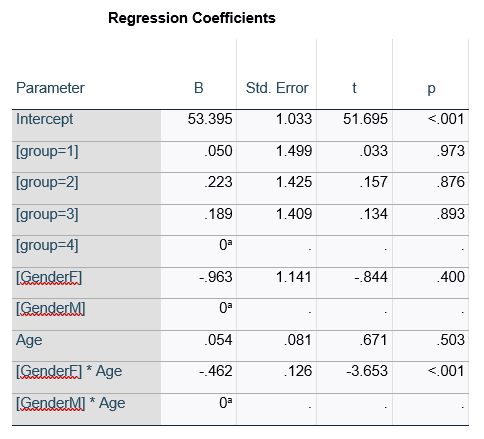
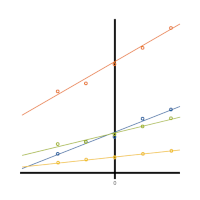

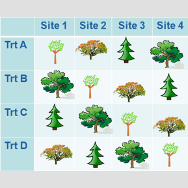
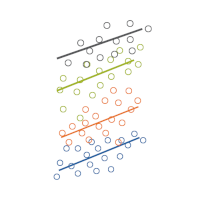
 stat skill-building compass
stat skill-building compass